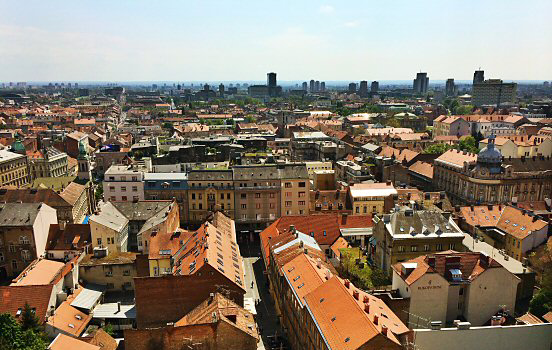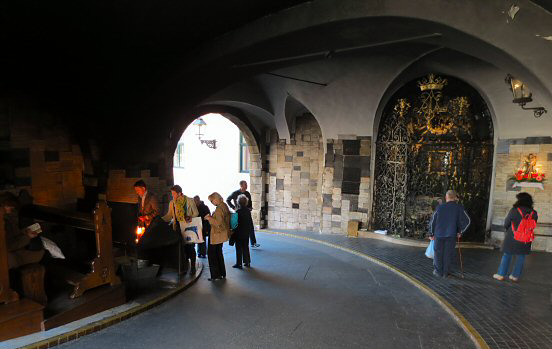Zagreb feels like a city of contradictions. Austro-Hungarian bones dressed up in socialist concrete. Young students sipping expensive espresso in leafy avenues. If cities had poker faces, Zagreb would clean the table.
The trams rattle along like old men complaining about politics. I spent most of the morning trying not to get flattened by them. The rest of the day? Surrendering to the slow burn of Balkan time. No one’s in a hurry here, unless they’re tailgating you at 120 km/h on the road to the coast.
I wander, because that’s what Zagreb demands. Through endless streets where the ghosts of empires whisper behind shuttered windows. Past brutalist behemoths that look like something out of a dystopian student film. The cafes are stacked like dominoes and everyone’s pretending to read something intellectual while secretly watching their ex walk by.
I walk past the gleaming roof tiles of St. Mark’s Church and take an old funicular to the Lotrscak Tower. Rewards myself with a plate of food so greasy it could lube a tram wheel, tucked into bread with onions that ensure no one sits next to me for the rest of the day.
 View from Lotrscak Tower.
View from Lotrscak Tower.
As with many cities in eastern Europe, Zagreb has its fair share of slightly odd things. Such as the Stone Gate. At first glance it’s just another medieval stone gate, but once you stroll through the cavernous curvature you will notice a Virgin Mary shrine, where worshipers sit on wooden benches and light candles in the dark, surrounded by exhaust fumes.
Another odd one is the Museum of Broken Relationships, which contains a large collection of items with one thing on common: they are related to broken hearts.
 Virgin Mary shrine inside Stone Gate.
Virgin Mary shrine inside Stone Gate.
Zagreb may not knock the breath out of you at first glance, but give it a day. Maybe two, to sink into its rhythm.

Comments
No comments yet.
Leave a reply